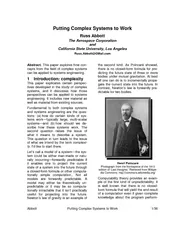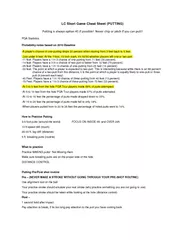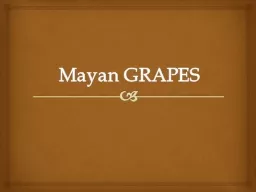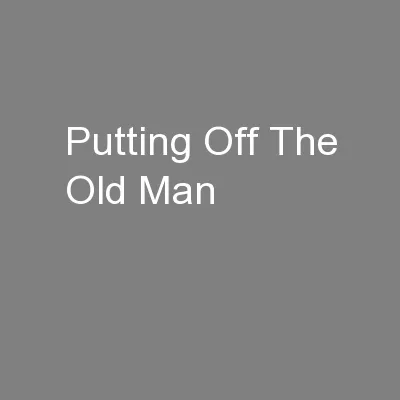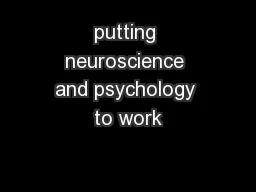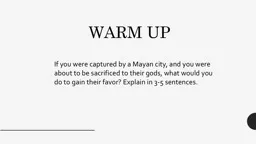PPT-About the Mayans Putting in perspective
Author : pongre | Published Date : 2020-08-29
If you have a quick look at the history books youll find large sections devoted to Ancient Greece The Egyptians The Romans etc At least those are the periods most
Presentation Embed Code
Download Presentation
Download Presentation The PPT/PDF document "About the Mayans Putting in perspective" is the property of its rightful owner. Permission is granted to download and print the materials on this website for personal, non-commercial use only, and to display it on your personal computer provided you do not modify the materials and that you retain all copyright notices contained in the materials. By downloading content from our website, you accept the terms of this agreement.
About the Mayans Putting in perspective: Transcript
Download Rules Of Document
"About the Mayans Putting in perspective"The content belongs to its owner. You may download and print it for personal use, without modification, and keep all copyright notices. By downloading, you agree to these terms.
Related Documents


